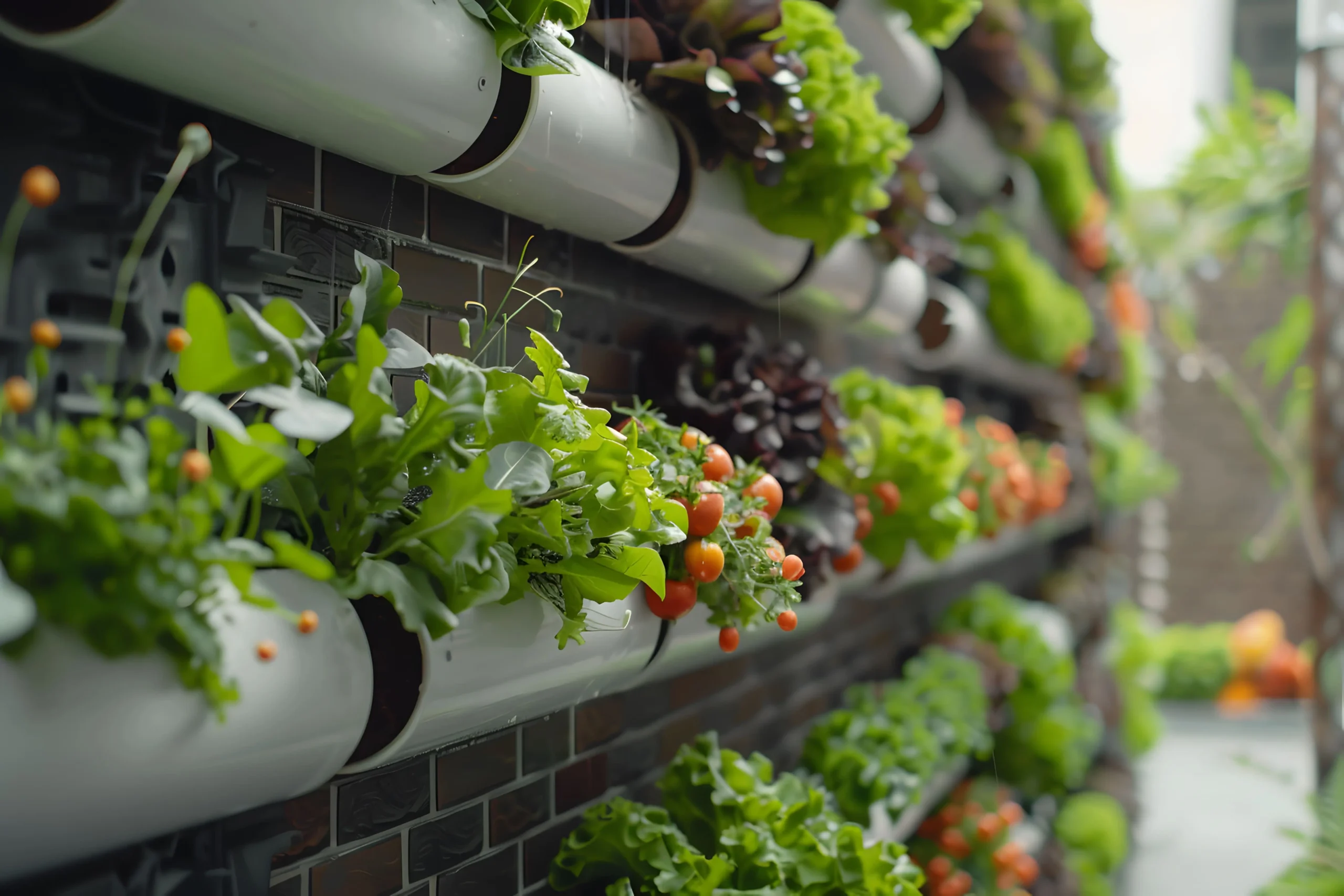Grow Fresh Vegetables with Ease
This beginner’s guide to vertical gardens is perfect for anyone looking to grow fresh vegetables in small spaces. Vertical gardening offers a simple, low-maintenance way to cultivate your own produce, even in urban settings.
With easy-to-build structures and step-by-step instructions, you can create a productive and rewarding garden that suits your lifestyle.
Why Choose Vertical Gardens for Vegetables?
- Space Efficiency: Vertical gardens make the most of limited space by utilizing walls and vertical structures.
- Easy Maintenance: Simplifies tasks like watering, pruning, and harvesting.
- Year-Round Gardening: Works both indoors and outdoors, no matter the season.
- Fresh Produce: Enjoy pesticide-free vegetables grown right at home.
- Eco-Friendly: Promotes sustainability and reduces waste with the use of recycled materials.
Whether you’re an experienced gardener or a beginner, this Beginner’s guide to vertical gardens provides everything you need to get started with your vertical garden.
Steps to Grow Vegetables in Simple Vertical Gardens

1. Choose a Location
- Select a spot that gets 4–6 hours of sunlight daily.
- For indoor gardens, place them near a south-facing window or use LED grow lights.
- Ensure the chosen location is convenient for both watering and harvesting.
2. Select a Vertical Structure
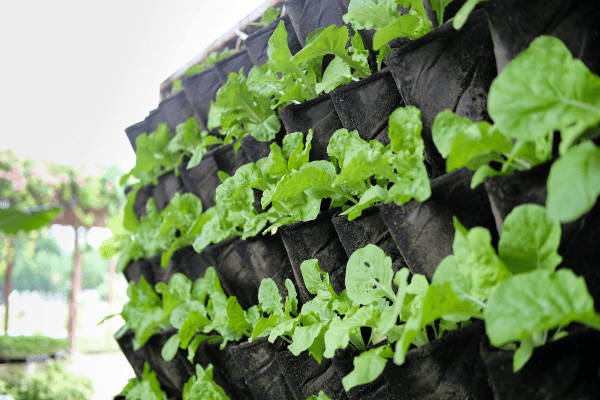
In this beginner’s guide to vertical gardens, we focus on the significance of picking the perfect structure for your area. Check out these amazing options.
- Wall-Mounted Planters: Best for lightweight vegetables like lettuce and spinach.
- Pocket Panels: Ideal for herbs and small vegetables.
- Freestanding Towers: Perfect for compact spaces and diverse planting needs.
- Upcycled Materials: Use pallets, old shelves, or hanging baskets for an eco-friendly and cost-effective setup.
For detailed instructions on creating a DIY vertical garden, check out this guide on vertical gardening basics.
3. Choose Easy-to-Grow Vegetables
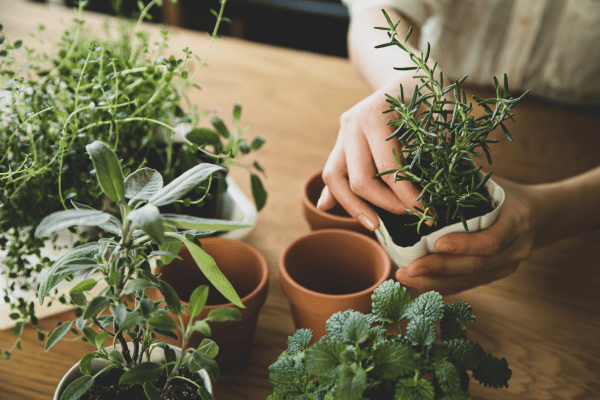
Begin with vegetables that are beginner-friendly and thrive in vertical setups:
- Leafy Greens: Lettuce, spinach, kale, arugula.
- Herbs: Basil, parsley, cilantro, mint.
- Small Vegetables: Cherry tomatoes, peppers, radishes, cucumbers.
- Root Vegetables: Carrots, beets (require deeper containers).
4. Prepare the Growing Medium

- Opt for lightweight potting mix enriched with organic compost to retain nutrients.
- Incorporate perlite or vermiculite to enhance drainage and improve aeration.
- Steer clear of heavy garden soil, as it may compact and hinder root development.
5. Plant Your Vegetables
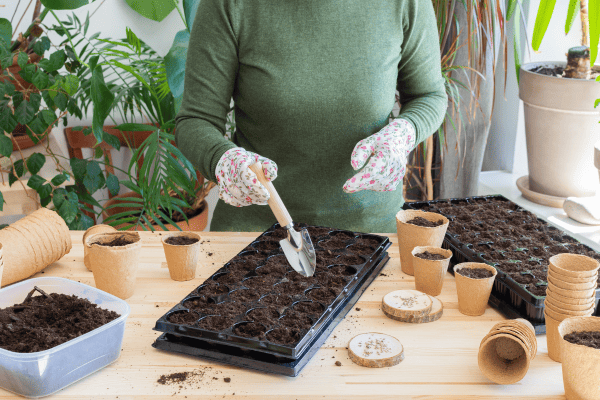
- Follow instructions on seed packets for planting depth and spacing.
- When planting seedlings, ensure roots are fully covered with soil and press gently to secure them.
- Group plants with similar water and light needs for easier maintenance.
6. Set Up Watering
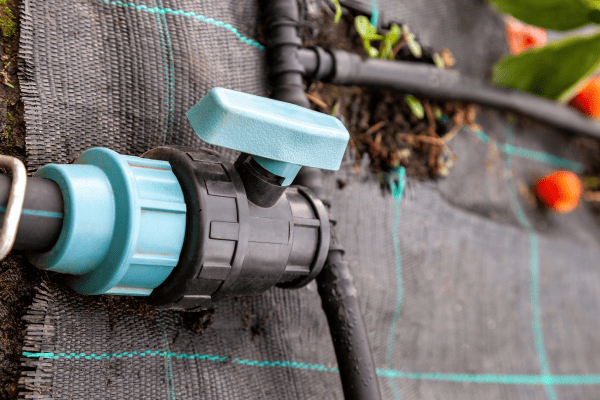
- Set up a drip irrigation system to ensure consistent and water-efficient hydration.
- For manual watering, use a narrow-spout watering can to target the soil without wetting the leaves.
- Make sure the setup has adequate drainage to avoid waterlogging and root rot.
Tips for Maintaining Your Vertical Garden
Watering
- Monitor soil moisture daily, watering only when the top inch feels dry to the touch.
- Take care not to water excessively, as it can lead to root rot.
Lighting
- Rotate the planters each week to guarantee balanced light exposure for all plants.
- Supplement with LED grow lights if the area lacks adequate natural sunlight.
Fertilizing
- Apply an organic liquid fertilizer every 3–4 weeks to support plant growth.
- Use compost tea or fish emulsion for an eco-friendly boost.
Pruning and Harvesting
- Consistently prune dead or yellowing leaves to promote healthy new growth.
- Harvest vegetables promptly to promote continuous production.
Pest Control
- Examine plants every week for signs of pests like aphids or spider mites.
- Apply natural solutions such as neem oil or practice companion planting to repel pests effectively.
FAQs: Beginner’s Guide to Vertical Gardens
Q: What are the best vegetables for beginners to grow in vertical gardens?
A: Leafy greens like lettuce and spinach, herbs like basil and parsley, and small vegetables like cherry tomatoes are great beginner-friendly options. These plants are easy to grow in vertical gardens and thrive in smaller spaces.
Q: Can I grow vegetables indoors without natural sunlight?
A: Yes! You can use LED grow lights to supplement natural sunlight. These lights create ideal growing conditions for your plants indoors, ensuring they get the light they need even during the darker months.
Q: How do I prevent pests in vertical gardens?
A: Regularly inspect your plants for pests such as aphids or spider mites. Use neem oil as a natural deterrent, or practice companion planting to keep pests away. Additionally, planting marigolds or other pest-repelling plants can help protect your vegetables.
Q: How can I build my own vertical garden structure?
A: If you’re interested in building your own vertical garden structure from scratch, be sure to check out our Beginner’s guide to vertical gardens. This guide provides detailed instructions on creating a custom vertical garden that fits your space and needs.
Common Mistakes to Avoid
- Overcrowding Plants:
- Ensure proper spacing to allow airflow and root development.
- Overwatering:
- Check the soil’s moisture level before watering to prevent oversaturation.
- Choosing the Wrong Plants:
- Start with vegetables suited to your climate and light conditions.
- Neglecting Maintenance:
- Establish a routine for watering, pruning, and monitoring plant health.
Creative Ideas for Vertical Gardens
- Herb Wall: Dedicate a section for fresh herbs like basil and parsley, perfect for cooking.
- Colorful Planters: Use vibrant pots or recycled containers to enhance the aesthetic appeal.
- DIY Trellises: Add climbing supports for tomatoes and cucumbers.
- Hanging Basket Garden: Suspend lightweight vegetables and flowers for a unique look.
- LED Accents: Install LED lights around your vertical garden for a cozy and decorative touch.
Benefits of Growing Vegetables in Vertical Gardens
- Accessibility: Ideal for people with mobility challenges, as plants are elevated and easier to reach.
- Fresh and Healthy: Provides quick access to pesticide-free, nutrient-rich produce.
- Cost-Effective: Saves money by growing your own vegetables instead of buying them.
- Eco-Friendly: Promotes sustainability and reduces waste.
Start Growing Today!
“Ready to start your vertical gardening journey? Share your progress, photos, or tips in the comments below! If you found this guide helpful, share it with friends and family to inspire more green spaces.”

